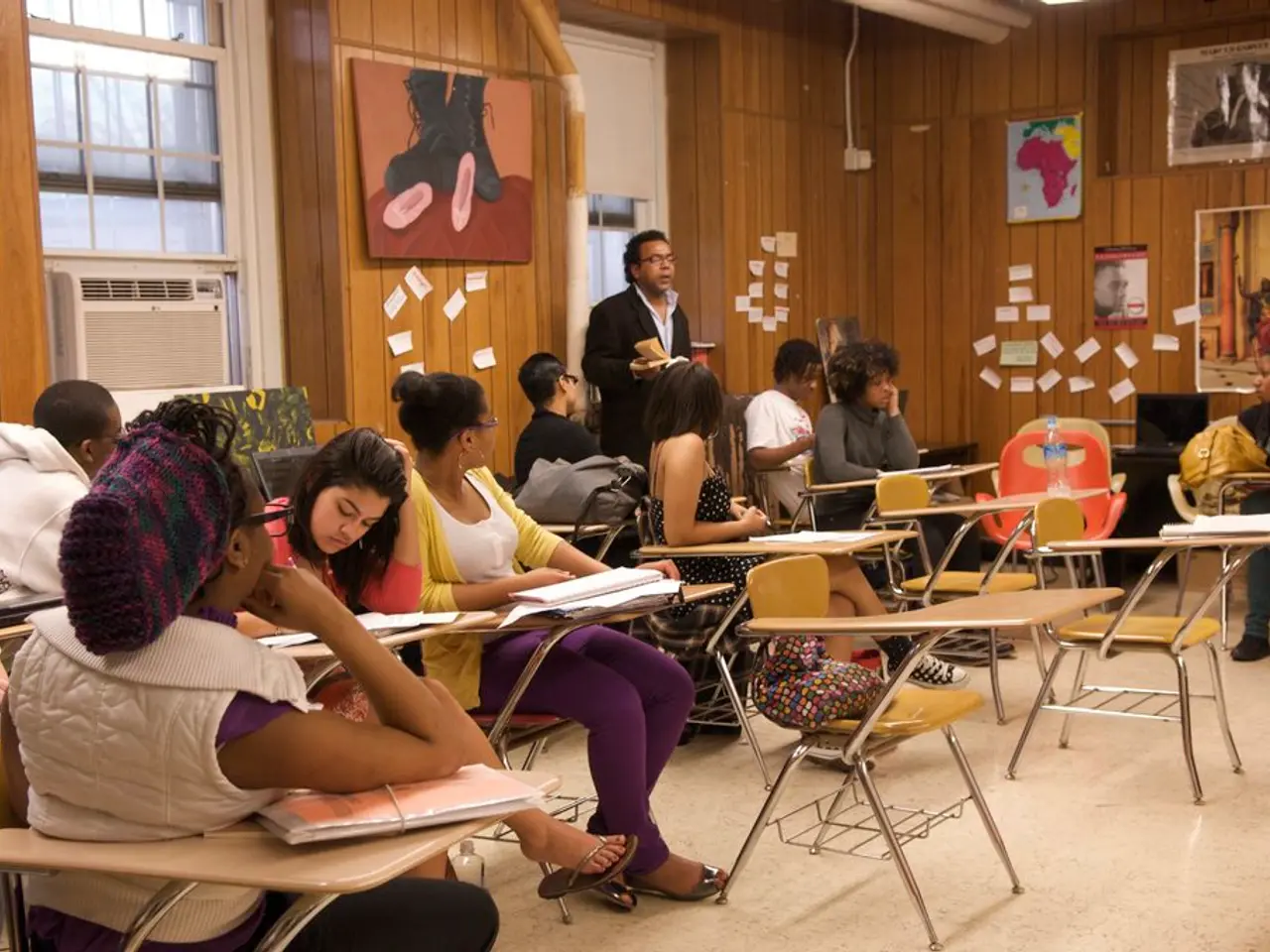Techniques for Successfully Inspiring Wary Pupils to Learn
In the realm of education, motivating reluctant learners is a crucial challenge that requires a blend of understanding, empathy, and practical strategies. These students, who may disengage due to fear of failure, lack of interest, attention-seeking behaviors, or sensory sensitivities, possess the agency to redirect their learning when conditions are favourable. The goal is to create an environment that lowers barriers to participation and increases intrinsic motivation.
This article outlines a research-informed approach, based on current best practices, to effectively motivate reluctant learners.
## Building Positive Relationships
Effective communication and strong teacher-student relationships are foundational. Teachers who listen and respond empathetically can better understand individual motivations and barriers.
## Creating a Safe, Supportive Environment
Classrooms where risk-taking is encouraged and mistakes are normalized help students feel secure enough to participate. This is especially important for shy or anxious learners.
## Personalising Learning Pathways
Tailoring instruction and activities to students’ interests, strengths, and comfort levels allows them to progress at their own pace and build confidence gradually.
## Setting Realistic, Attainable Goals
Breaking tasks into manageable steps and celebrating incremental progress, emphasising effort over perfection, maintains motivation and helps students see the value in their efforts.
## Use of Positive Reinforcement
Catching students being resilient or making progress, and offering specific, abundant praise, reinforces desired behaviours and builds self-efficacy.
## Teaching Replacement Behaviors
For students exhibiting attention-seeking or disruptive behaviours, explicitly teaching and rewarding alternative, positive behaviours that meet the same needs reduces disruption and builds skills.
## Incorporating Student Choice
Whenever possible, allowing students to make choices about their learning (e.g., topic, method, or product) increases engagement and ownership.
## Leveraging Technology
Digital tools can provide low-pressure practice opportunities, especially for reluctant speakers, allowing them to develop skills privately before performing publicly.
## Maintaining Emotional Neutrality
Staying calm and emotionally neutral when addressing challenging behaviours models self-regulation and prevents power struggles.
## Fostering Peer Support
Structured group work and peer mentoring can help reluctant learners feel more connected and supported.
## Practical Classroom Techniques
Observation and feedback, progress-focused assessment, structured preparation, celebrating small wins, behaviour replacement, and peer support are practical techniques that can be implemented in the classroom to boost motivation among reluctant learners.
## Key Principles
The key principles in motivating reluctant learners include starting with strengths, being proactive, staying patient and consistent, and maintaining teacher well-being.
In conclusion, effectively motivating reluctant learners is not about a single technique, but about creating a responsive, supportive, and engaging classroom ecosystem. By combining relationship-building, personalised support, positive reinforcement, and structured opportunities for success, educators can help even the most reluctant students rediscover their drive to learn.
In the context of learning, incorporating e-learning platforms can offer personalized instruction and self-development opportunities, catering to varying interests, strengths, and comfort levels, thus fostering personal growth. Furthermore, fostering a safe and supportive environment through the use of positive reinforcement, peer support, and practical techniques can encourage these students to participate actively, ultimately leading to increased motivation and learning.




